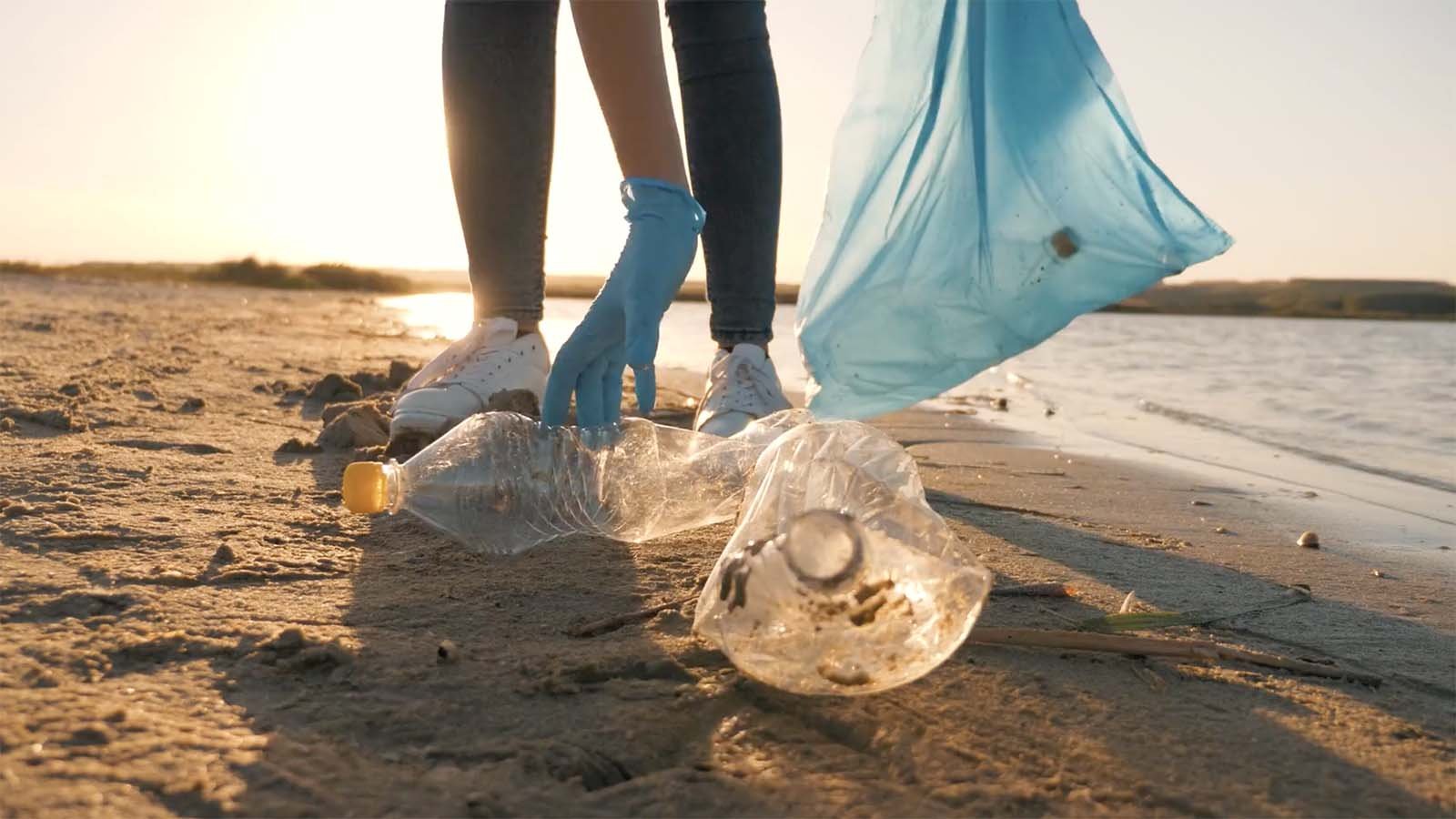
Turning the country toward zero waste
Three milestones in the evolution of our relationship to ‘stuff’
Rejecting the throwaway culture
There’s a great scene in Mad Men when, after a Draper family picnic, Don hucks his empty beer can into the woods and Betty shakes a blanket free of trash like she’s cleaning sand off a beach towel.
Welcome to the throwaway culture.
Yet as early as the 1950s, the litter and waste that followed in the wake of a culture of growing convenience revolted more and more Americans. A group of concerned citizens and businesses (including the American Can Company) formed the anti-litter campaign Keep America Beautiful. The campaign reached its zenith on Earth Day 1971, with the release of “The Crying Indian” ad, which reminded us that “people start pollution; people can stop it.”
Embracing an alternative vision
The environmental movement sought a deeper shift in the American culture, one that didn’t just stigmatize “litterbugs,” but also reexamined what we produce and consume and what happens to stuff once we’ve used it. As Barry Commoner wrote in “The Closing Circle,” one of the laws of nature is that “everything must go somewhere. There is no ‘waste’ in nature and there is no ‘away’ to which things can be thrown.”
Progress toward this shift in practice has been tentative, but we’re winning the battle for hearts and minds.
When a barge carrying garbage in 1987 found no place to take its trashy cargo, it sparked a nationwide call to redouble our efforts to reduce, reuse and recycle. More recently, the discovery of plastic waste everywhere from the belly of a whale to the top of Mount Everest has ignited a global movement for zero waste.
Translating this shift in public opinion into concrete changes in public policy and corporate practice remains the challenge — one that The Public Interest Network has met in debates over bottles and cans, plastic bags, foam cups and containers, and the stuff you throw away because it’s too hard to fix.
Video credit: Aleksei Logvinenko via Shutterstock
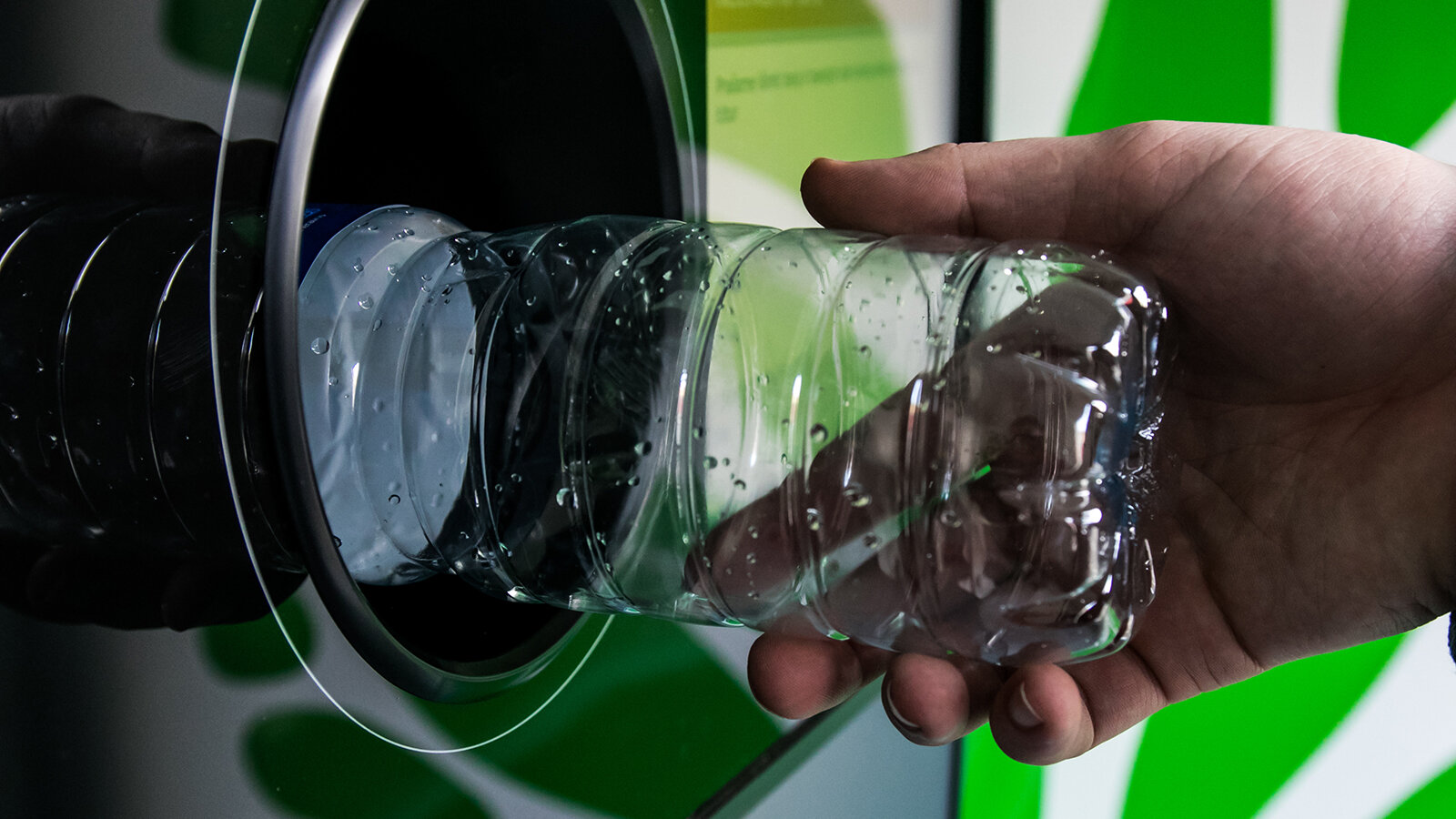
‘Where are all the bottles and cans?’
In 1972, on a cross-country biking trip, Hampshire College student Whitney Cranshaw noticed something when she reached Oregon: fewer bottles and cans littering the roadsides.
A year earlier, the state had enacted the nation’s first bottle deposit law, or “bottle bill,” requiring consumers to pay a refundable 5-cent deposit on soda and beer containers. The law, as Whitney saw first-hand, was working to reduce litter.
Whitney returned to Hampshire and persuaded the newly formed Western Massachusetts Public Interest Research Group (PIRG) to support similar legislation. Whether she knew it or not, Whitney had just launched a 10-year battle.
David takes on Goliath in Massachusetts
A few years later, after the Bottle Bill met stiff resistance in the state Legislature, MASSPIRG turned to the initiative process. Volunteers, including Janet Domenitz, then a student at Brandeis University and later MASSPIRG’s executive director, gathered 100,000 signatures to put the Bottle Bill on the 1976 state ballot.
It was a classic David v. Goliath battle. The national beverage industry, container manufacturers and regional supermarkets spent a then-record $2 million against the Bottle Bill. Goliath won – barely. The Bottle Bill was defeated by less than one percent of the vote.
A victory for recycling and citizen action
Advocates kept plugging away. By 1981, Janet, now a full-time campus organizer with MASSPIRG, was given the task of persuading then-state Rep. Joseph Manning of Milton to buck his legislative leadership and change his position in favor of the Bottle Bill. Janet recalled:
“We organized — along with the local folks in Milton who were supportive — a town hall meeting where he was invited to come and listen to residents’ concerns about litter and recycling and why he should be supportive. And we packed the town hall. There were over a hundred people there. And he was basically hearing from his constituents a hundred percent that they supported it.”
Rep. Manning heeded his constituents. So did a majority of other lawmakers, who sent the Bottle Bill on to the desk of Gov. Ed King in 1981.
The governor’s office received so many letters and phone calls from residents that one frustrated telephone operator reportedly threatened to quit. Yet in spite of the unusually vocal public support, Gov. King vetoed the bill.
This time, though, the slingshot of grassroots action worked. In the two weeks following the veto, more than 15,000 citizens made phone calls to their legislators, urging them to override Gov. King’s decision. Many made their calls after being contacted by the MASSPIRG door-to-door canvass, which, under the leadership of Sandy Pooler, had started just the year before. Ten lawmakers flipped their positions, enough to overturn King’s veto and enact the Bottle Bill into law.
The following year, industry opponents spent millions more to put a Bottle Bill repeal on the 1982 ballot. More than 8,000 citizen volunteers distributed more than 2 million leaflets, bumper stickers, yard signs, buttons and t-shirts in support of the Bottle Bill, defeating the repeal with a convincing 59 percent of the vote.
It took 10 years, but the underdog team of pro-recycling advocates and citizens had prevailed.
What goes around comes around
Today, 10 states have bottle deposit laws, promising anywhere from 2 to 15 cent deposits back to residents who return their bottles and cans. The Container Recycling Institute has found that states with bottle deposit laws see beverage container recycling rates of roughly 60 percent — more than double the 24 percent seen in states without them. In states where their impacts have been studied, bottle bills have been followed by total litter reductions of between 34 and 47 percent.
Photo credit: Rokas Tenys via Shutterstock

MASSPIRG's Bottle Bill campaign organized thousands of volunteers, including these students at the University of Massachusetts at Amherst. Credit: Staff

Janet Domenitz, who campaigned for the Bottle Bill as a student and as a MASSPIRG staff person.

MASSPIRG student volunteers at a 1981 conference at UMass Amherst. Credit: Staff
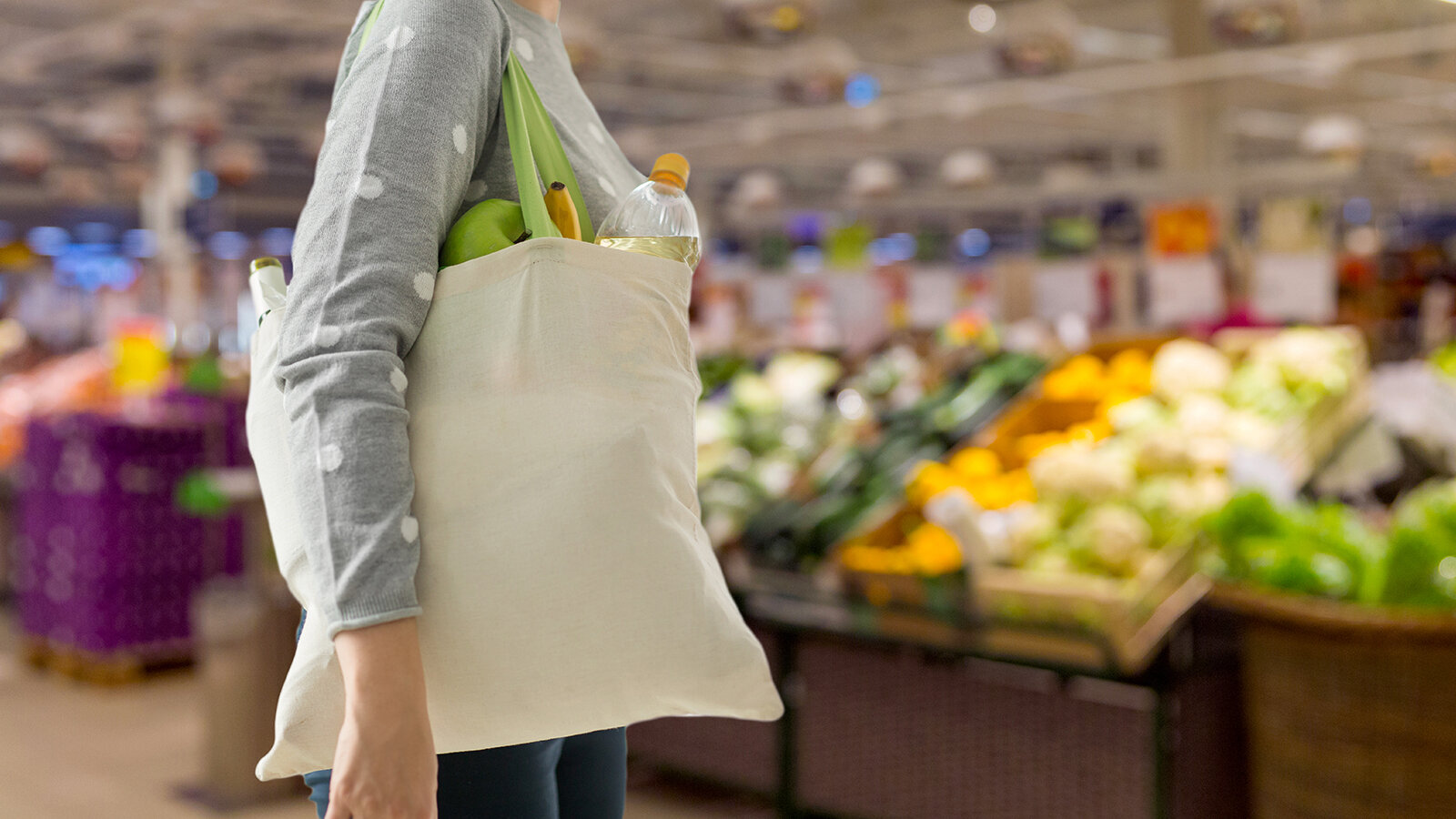
The rise and reign of single-use plastics
In the 1970s, Coke and Pepsi began what would become a landmark shift in their operations: They started producing more plastic bottles and fewer glass ones.
Since then, countless consumer products have adopted cheaper, lighter, more malleable or more durable plastic over other materials.
The problem, of course, is two-fold: Plastic is far harder and more expensive to recycle than glass, aluminum or paper – some would say it’s nearly impossible. And it sticks around in the environment forever.
As a result, of the 9 billion tons of plastic produced in the world since the 1950s, 7 billion tons of it have ended up as trash. The United States alone throws out enough plastic waste to fill 1.5 football stadiums every day, as evidenced by the plastic strewn throughout our streets, parks and oceans like the leftover debris from a litterbug family picnic.
Our Zero Waste team adopted a commonsense approach to this plastic pollution, one based on some good old-fashioned common sense: When your bathtub is overflowing, the first thing you do is turn off the tap. Now that our planet is being overwhelmed by plastic, the first thing we should do is stop making, selling and using so much of the stuff — especially the single-use products that we don’t need to make out of plastic, if we need to make them at all.
California bans the bag
In 1997, the oceanographer Charles Moore discovered in the remote North Pacific Ocean what became known as the Great Pacific Garbage Patch: a soup of plastic trash caught by ocean currents in an area twice the size of Texas.
As scientists investigated the problem, they discovered that plastic debris — in the Atlantic, the Indian as well as the Pacific — was harming and even killing ocean wildlife. For example, sea turtles were mistaking floating plastic bags for jellyfish, eating the bags and often paying with their lives.
By 2010, CALPIRG and Environment California had endorsed statewide legislation that would ban one of the worst contributors to wildlife-killing plastic pollution: single-use plastic grocery bags. “Nothing we use for a few minutes should be allowed to pollute our oceans for hundreds of years,” said Environment California’s Dan Jacobson, in a line that he, and many others, would repeat in the years to come.
The bag ban bill stalled in the Legislature. But a funny thing happened as plastics industry lobbyists focused their attention on state lawmakers in Sacramento: Our organizers and canvassers helped convince towns, cities and counties to ban the bag.
At first, smaller communities, such as Malibu and Sunnyvale, took action. As our staff canvassed support throughout the state, momentum grew. Entering 2013, dozens of local California jurisdictions had banned the bag. Yet on May 30 of that year, the California Senate voted down a statewide bag ban by a single vote — 18 to 17.
Environment California, CALPIRG and our coalition kept building the pressure. On June 26, 2013, Los Angeles became the largest city to ban the bag. By 2014, at least 140 California counties, cities and towns had done so, representing a third of the state’s population. Our staff packed up a giant inflatable turtle and took it on a media tour up and down the state, attracting attention and support for action. Actors, including Rosario Dawson and Amy Smart, joined us in lobbying state lawmakers.
Meanwhile, the economic equation for grocery stores had changed: Would they rather contend with 140 separate plastic bag bans? Or a single statewide law?
The combination of strong local support and weakened industry opposition proved unbeatable. In 2014, the Senate approved the bag ban by a vote of 22-15, a six-vote swing from the previous year. Gov. Jerry Brown signed the nation’s first statewide bag ban bill on Sept. 30.
Maryland goes foam-free
A few years later and three thousand miles away, Maryland PIRG targeted an equally pervasive and harmful form of plastic waste: polystyrene foam. It keeps our coffee hot and our take-out fresh, but it also persists in our environment for hundreds of years.
In 2019, Maryland PIRG organizers worked with legislators, environmental groups, students, activists and community organizations to win a statewide ban on single-use polystyrene products. On Feb. 7 of that year, PIRG’s Emily Scarr testified on behalf of the ban. Environment Maryland canvassers knocked on 40,000 doors and collected more than 7,000 petition signatures in support, and Maryland lawmakers passed the statewide plastic foam ban — the nation’s first — in March 2019.
More states move beyond plastic
Colorado, Connecticut, Delaware, Maine, New Jersey, New York, Vermont and Washington all followed California’s lead and adopted their own plastic bag bans. Colorado, Maine, New Jersey, New York, Vermont and Virginia have joined Maryland in banning polystyrene foam food containers. Washington upped the ante in April 2021 by passing a ban not just on polystyrene foam food containers, but a whole host of other foam products as well, from packing peanuts to drink coolers. Today, 33 percent of Americans live in a state with a robust ban on some type of single-use plastics.
In addition, PIRG is advocating on the national and state levels for “producer responsibility” bills, which require companies that make products and packaging to take financial responsibility for the waste their products become — thereby encouraging them to make more of their products reusable and recyclable. This past year, with the support of our state environmental groups’ staff and members, Maine and Oregon became the first two states to pass producer responsibility bills into law.
Photo credit: Syda Productions via Shutterstock

Left: A “bag monster” raises visibility for the plastic bag ban at a California event. Right: Environment California’s Dan Jacobson speaks at a Los Angeles rally for the ban. Credit: Staff

In April 2019, Maryland PIRG's Emily Scarr joined Environment America organizers to rally for support for a statewide ban on foam cups and food containers, a bill that became law in May 2019. Credit: Lake Stein.

Environment Colorado Senior Program Director Rex Wilmouth (far left) stands by Colorado Gov. Jared Polis (center) as he signs the Plastic Pollution Reduction Act in July 2021. Credit: Haley Hawn Photography

‘Batterygate’
In December 2017, at the height of the holiday shopping season, users of Apple’s iPhone discovered that the company had issued a software update that throttled phones’ processors if the phone detected the battery was worn down, as is commonly the case in older phones — without alerting users to the need for battery service.
“When users discovered that a $30 battery repair would fix their slow, buggy phones, they flocked to get phones fixed,” said Nathan Proctor, PIRG’s Right to Repair Campaign Director. “But Apple didn’t have enough capacity to fix all these phones right away, and huge waitlists formed.”
The waitlists illustrated how manufacturer-only repair had become a fragile, pricey and wasteful system. There weren’t enough “authorized” technicians to handle the volume of iPhone repairs. While a simple fix could have kept devices working, saving consumers money and keeping toxic chemicals out of our waste stream, the lack of repair options pushed consumers into buying new phones instead.
In the weeks after “BatteryGate” became public, PIRG surveyed 164 independent repair businesses. They reported a cumulative 37% increase in weekly battery replacement service requests. Self-repair interest surged as well — online traffic seeking iPhone battery repair instructions on iFixit.com went up 153% between Dec. 20, 2017 and Jan. 22, 2018.
Our conclusion? People want the right to repair their own stuff – when they want, how they want, and with whom – outside of the manufacturer’s control. After all, whose stuff is it anyway?
The Right to Repair movement is born
When people have little choice but to buy a new product when an old one breaks, they spend money they could otherwise save. That’s the consumer protection side of Right to Repair.
Beyond saving consumers time and money, Right to Repair holds out the promise of a new relationship to “stuff.” Instead of engaging in an endless cycle of buying stuff, using it, and throwing it away so we can replace it with new stuff, the Right to Repair movement imagines a different world — one in which more of us use the stuff we buy with care, and repair it before we consider throwing it away or even recycling it.
Repair is the fourth “R” in the old ecological mantra: reduce, reuse, recycle. It also speaks to the conservative value of self-reliance. It’s the rare issue that, thus far, transcends partisan politics.
Yet too often, companies limit consumers’ and independent repair shops’ access to the parts, tools, service information and diagnostic software needed to fix electronics and other products.
Restrictions on repairs to increasingly software-dependent John Deere tractors, for example, have inspired some farmers to hack through the digital locks on their machines rather than have them hauled back to the dealer for an “authorized” repair.
In 2019, customers discovered that replacing the battery in an iPhone XS, iPhone XS Max or iPhone XR at a repair shop other than an Apple store resulted in warning messages and disabled features.
Restrictions on repair add up to inconvenience and frustration for consumers, thousands of whom have formed their own repair groups, clubs and online communities. And these restrictions also result in a mountain of e-waste — an estimated 59 million tons of it in 2019 alone.
‘Why can’t we just fix our stuff?’
In 2019, Nathan spoke at the Federal Trade Commission (FTC)’s “Nixing the Fix” workshop, which investigated repair restrictions. At the event, he delivered 7,900 petition signatures urging the FTC to take action. In 2021, Nathan joined iFixit and Repair.org in delivering 15,000 more signatures to FTC commissioners. On May 6, the FTC released its long-anticipated “Nixing the Fix” followup report, finding “scant evidence to support manufacturers’ justifications for repair restrictions” and pledging to work with lawmakers on a remedy.
In 2020, when restrictions threatened to slow down medical equipment repairs amid the COVID-19 pandemic, a PIRG campaign won the release of service information and access keys from ventilator manufacturers. That same year, PIRG’s Right to Repair campaign was named a finalist in Fast Company’s “World Changing Ideas” contest.
Meanwhile, our researchers have worked with iFixit to catalogue the devices most commonly in need of fixing in states around the country, with momentum for more action steadily growing. In 2018, 18 states introduced Right to Repair legislation. Two years later, that number rose to 20. In 2021, more than half the states in the country introduced Right to Repair bills, in large part thanks to the work of Nathan, PIRG organizers, and our allies in the repair community.
Opposition from trade groups and manufacturers has remained steadfast. In 2018, for example, lobbyists representing Microsoft were instrumental in killing a right to repair bill in Washington, according to state Rep. Jeff Morris.
The market value of these companies is measured in trillions of dollars – dollars with which they’ve amassed considerable political clout. Even so, on July 29, 2021, President Biden signed an executive order that, among other provisions, calls on the Federal Trade Commission to act against restrictions on independent repair shops and DIY repairs.
On Nov. 17, 2021, Apple reversed its longstanding policy against selling spare parts, providing repair instructions, and making repair software tools available to customers. This about-face came just days after the company pledged to stop deactivating Face ID after third parties repaired screens, and after years of action and advocacy by PIRG and other Right to Repair advocates.
Green Century Capital Management*, The Public Interest Network’s affiliated environmentally and socially responsible mutual fund company, had also filed a shareholder resolution with Apple calling for it to account for its anti-competitive repair policies, with Green Century President Leslie Samuelrich warning that Apple “risks losing its reputation as a climate leader if it does not cease its anti-repair practices.” Apple went to the Securities and Exchange Commission to challenge the resolution. On the same day Green Century was due to defend its position to the SEC, Apple announced its new policy.
Photo credit: Prostock Studio via Shutterstock
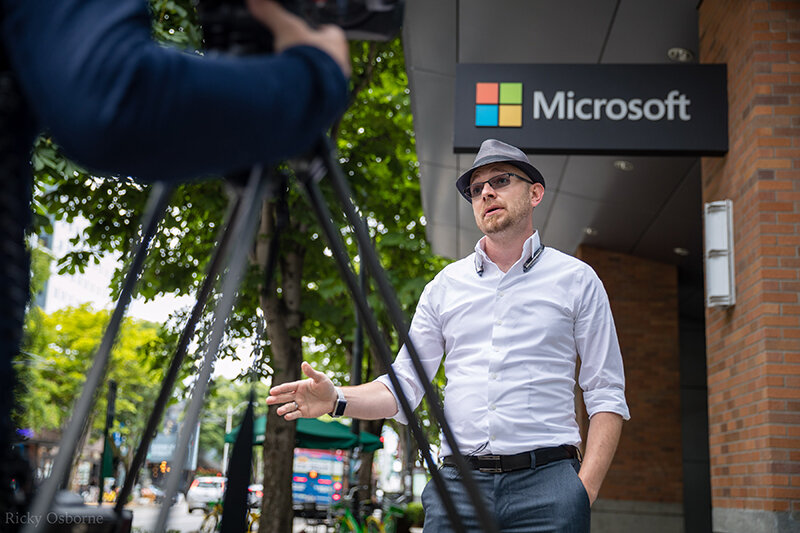
In June 2018, e-waste recycler Eric Lundgren joined U.S. PIRG to deliver more than 11,000 petitions calling on Microsoft to make it easier for consumers to repair their products. Credit: Ricky Osborne

Our national network's Right to Repair senior campaign director, Nathan Proctor, spoke at the FTC's "Nixing the Fix" workshop on why we should all be able to repair the things we own. Credit: Metroid Video
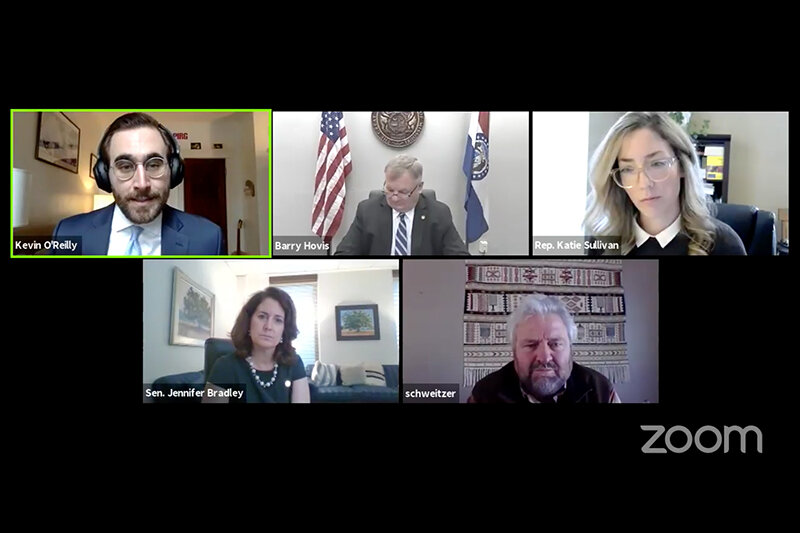
Clockwise from top left: Kevin O’Reilly, PIRG Right to Repair campaign director; Missouri state Rep. Barry Hovis; Montana state Rep. Katie Sullivan; Walter Schweitzer, president of the Montana Farmers Union; and Florida state Sen. Jennifer Bradley discussed how repair restrictions impact farmers, following release of “Deere in the Headlights.” Credit: Staff
The Public Interest Network is not a registered investment adviser. The Public Interest Network is not providing any investment advice to any recipient of this communication.
About Green Century Capital Management
* Green Century Capital Management, Inc. (Green Century) is the investment advisor to the Green Century Funds (The Funds). The Green Century Funds are the first family of fossil fuel free, responsible, and diversified mutual funds in the United States. Green Century Capital Management hosts an award-winning and in-house shareholder advocacy program and is the only mutual fund company in the U.S. wholly owned by environmental and public health nonprofit organizations.
*As of September 30, 2021, Apple Inc. comprised 3.01%, 0.00%, and 0.00% of the Green Century Balanced Fund, the Green Century Equity Fund, and the Green Century International Index Fund respectively. As of the same date, other securities mentioned were not held in the portfolios of any of the Green Century Funds. References to specific securities, which will change due to ongoing management of the Funds, should not be construed as a recommendation by the Funds, their administrator, or their distributor.
You should carefully consider the Fund’s investment objectives, risks, charges, and expenses before investing. To obtain a Prospectus that contains this and other information about the Funds please click here, email info@greencentury.com, or call 1-800-934-7336. Please read the Prospectus carefully before investing.
Stocks will fluctuate in response to factors that may affect a single company, industry, sector, country, region or the market as a whole and may perform worse than the market. Foreign securities are subject to additional risks such as currency fluctuations, regional economic and political conditions, differences in accounting methods, and other unique risks compared to investing in securities of U.S. issuers. Bonds are subject to a variety of risks including interest rate, credit, and inflation risk. A sustainable investment strategy which incorporates environmental, social and governance criteria may result in lower or higher returns than an investment strategy that does not include such criteria.
This information has been prepared from sources believed reliable. The views expressed are as the date of this writing and are those of the Advisor to the Funds.
The Green Century Funds are distributed by UMB Distribution Services, LLC. 235 W Galena Street, Milwaukee, WI 53212. 12/21





